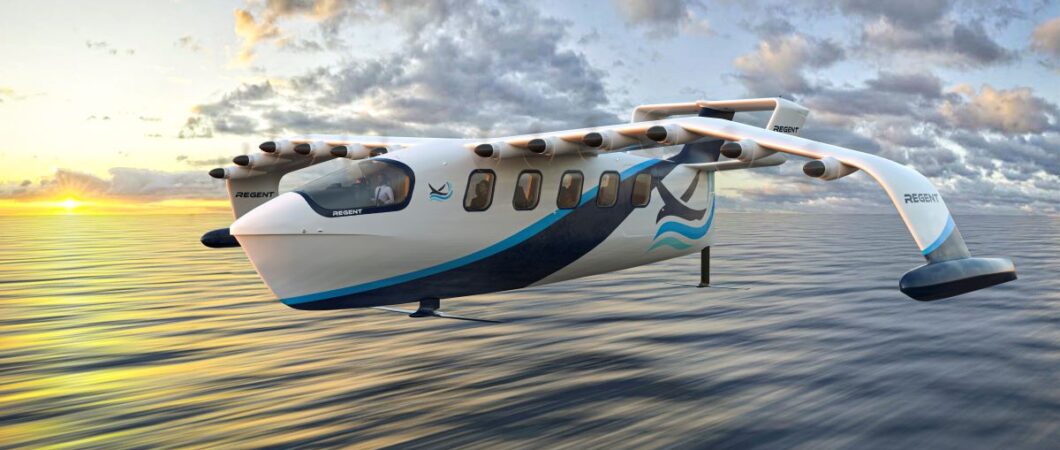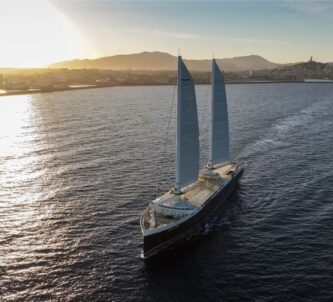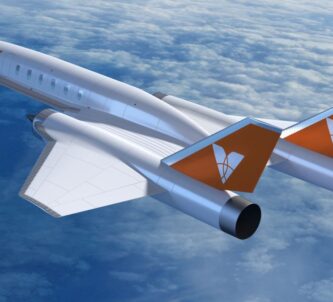REGENT Craft, the developer and manufacturer of all-electric Seaglider vessels, and DHL Express have signed a strategic Memorandum of Understanding (MoU) to explore the use of electric Seaglider vessels for short haul, coastal, and island logistics, at this week’s Dubai Airshow.
The Seaglider Ground Effect Vessel (GEV), a next-generation maritime craft, combines the speed of an aircraft with the convenience of a boat, offering high-speed, zero-emission transport. Through this partnership, REGENT and DHL will work together to assess the potential integration of REGENT’s Seaglider vessels into DHL’s existing logistics network to extend the capabilities of its regional and coastal cargo operations.
REGENT (Regional Electric Ground Effect Nautical Transport) are on something of a roll at the moment. Armed with a $10 billion global order book from commercial and defence customers, they are currently building their first 255,000-square-foot Seaglider production facility on Rhode Island, USA, to fulfil those orders. It should be operational next year.
Seagliders make use of a well-known phenomenon, known to pilots since the earliest days of aviation, ‘ground effect’. This is the cushion created by high-pressure air trapped between wings and the ground or water while flying at low altitude, typically one to ten metres above the surface. The Russian military were quick to exploit GEVs early in the Cold War, building large missile-carrying “ekranoplans” as they named them, that could travel at record speeds over the calm waters of the Caspian Sea.

REGENT’s GEV, which has been advancing through more sea trials this summer, may not be powered by Russian military turbojets, but it is also pretty big. At 55ft long with a 65ft wingspan, the Seaglider is the largest-ever all-electric flying machine. What makes it unusual is its three-stage transition. At manoeuvring speed it behaves like a traditional flying boat. As it picks up speed it becomes a high-speed hydrofoil, and then, as the speed increases, it lifts out of the water completely. It can fly at speeds up to of 180mph for 180 miles, carrying 3,500 lbs (1,600 kg) of cargo, or 12 passengers (+2 crew).
Importantly, it is called a Ground Effect Vessel, not Vehicle, because it is classified as a maritime vessel, regulated by maritime authorities like the U.S. Coast Guard and operated under maritime law.
When might we get to see a Seaglider in the UK?
Well, four years ago Brittany Ferries also signed an MoU with REGENT, with a view to operating them on the English Channel, and two months ago Hitrans, regional transport partnership for the Scottish Highlands and Islands, announced it too is exploring the potential for Seaglider operations in Scotland.







